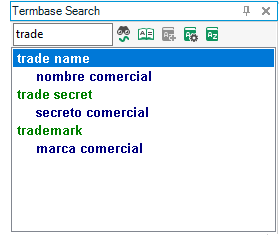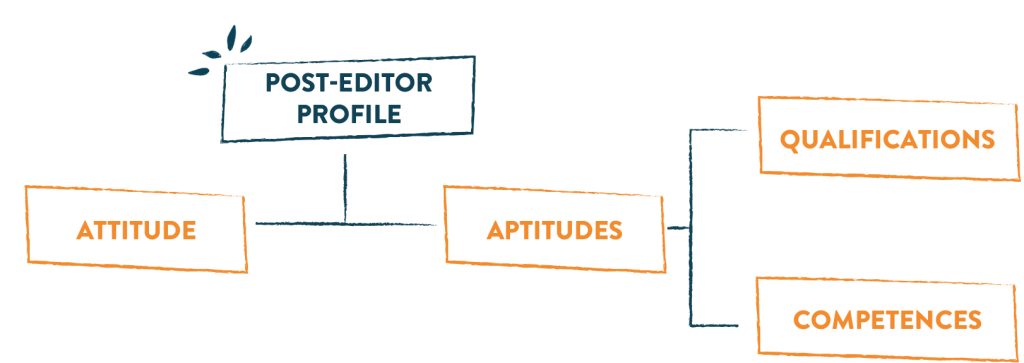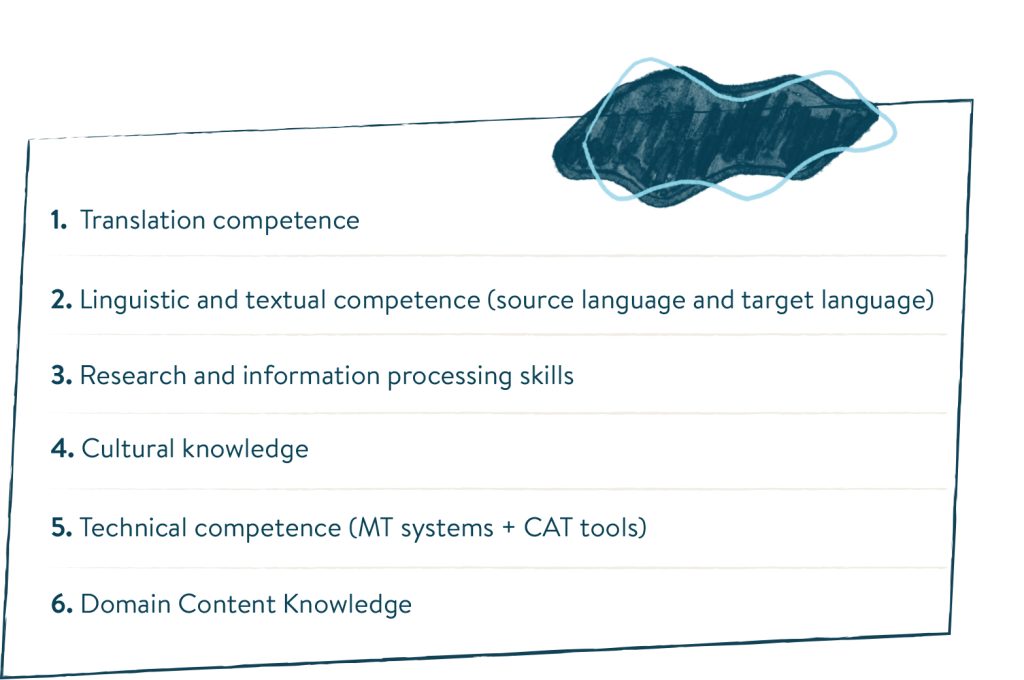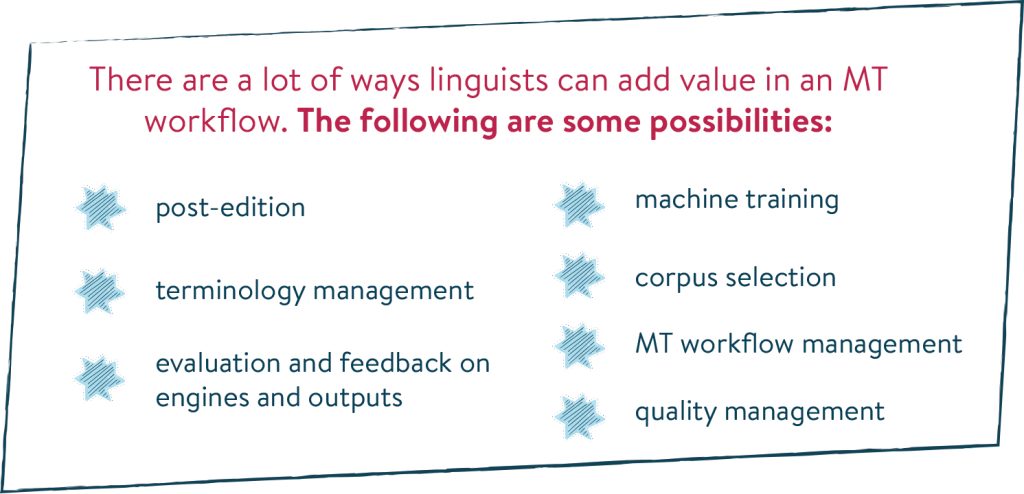Terra Translations was established as a family business over 25 years ago and is currently operated by second-generation CEO, Marina Ilari. Over the course of the company’s history, leadership has always been aligned to make employees the number one priority. Like many new businesses, the first few hires were friends and family. “This created a very special atmosphere within our team that we have been able to maintain as the years passed and the number of employees grew. Our company culture is based on ‘family first’ values that are extended to every member of our team,” said Ms. Ilari.

Terra Translations is the proud recipient of the Focus on the Future Award in the True Colors category for maintaining an employee-centric focus by managing the health and well-being of their workforce.
Terra works diligently to ensure that everyone feels that their voice is being heard and valued. It is a culture of quality. This focus on quality is not only applied to the work the company does in the field of linguistics, but as well as the quality of relationships with employees, clients, and the community. Supporting employees’ whole serves as the basis of a strategic, financial, and successful human capital strategy. This has resulted in employee loyalty and an extremely high retention rate. Especially during these unprecedented times of uncertainty, Terra encourages companies more than ever to embrace their most precious assets: their people.
However, this commitment to a strong culture and a people-first attitude has not always been easy. Maintaining a strong family culture within the company presented many challenges as the company grew, especially considering employees work remotely. The Terra team is spread across four different countries and even prior to the current global pandemic, every employee worked from a home office; the team only meets in person sporadically for audits, training, and an annual event. This unique work environment creates flexibility for employees to work from anywhere in the world, and for Terra, the company can hire the best possible talent without being limited to a geographical radius.
As many companies were forced to adopt a work-from-home environment beginning in March 2020, members of the Terra team are often asked how the company has been able to maintain a family-friendly culture while expanding the team and working virtually. “It takes a lot of hard work and determination from company leadership. Our values of quality, care, loyalty, and a deep commitment to family and community are present in every decision we make. Leadership in our company are thought of as ambassadors of our values and make a constant effort to listen and value each employee, promote this culture for new hires, and constantly share the history and vision of the family business,” said Ms. Ilari. Decisions to safeguard the culture of Terra are not easy and, in some cases, can potentially impact profitability. However, time has shown that when a company can support and value employees and the community with a broader focus than just profits, the company continues to grow stronger and more profitable.

































